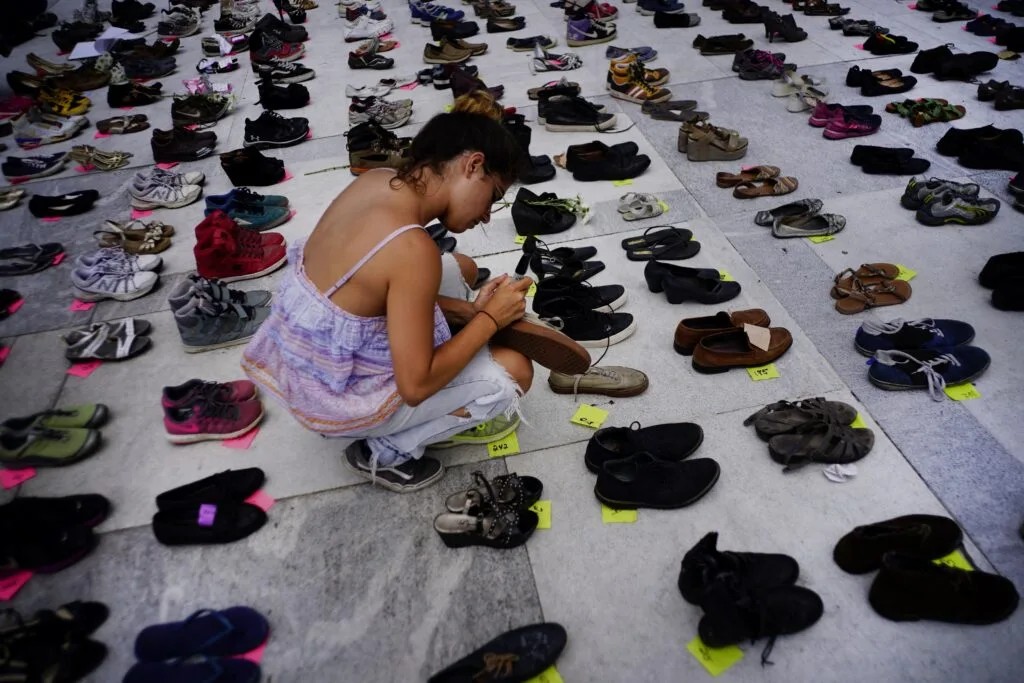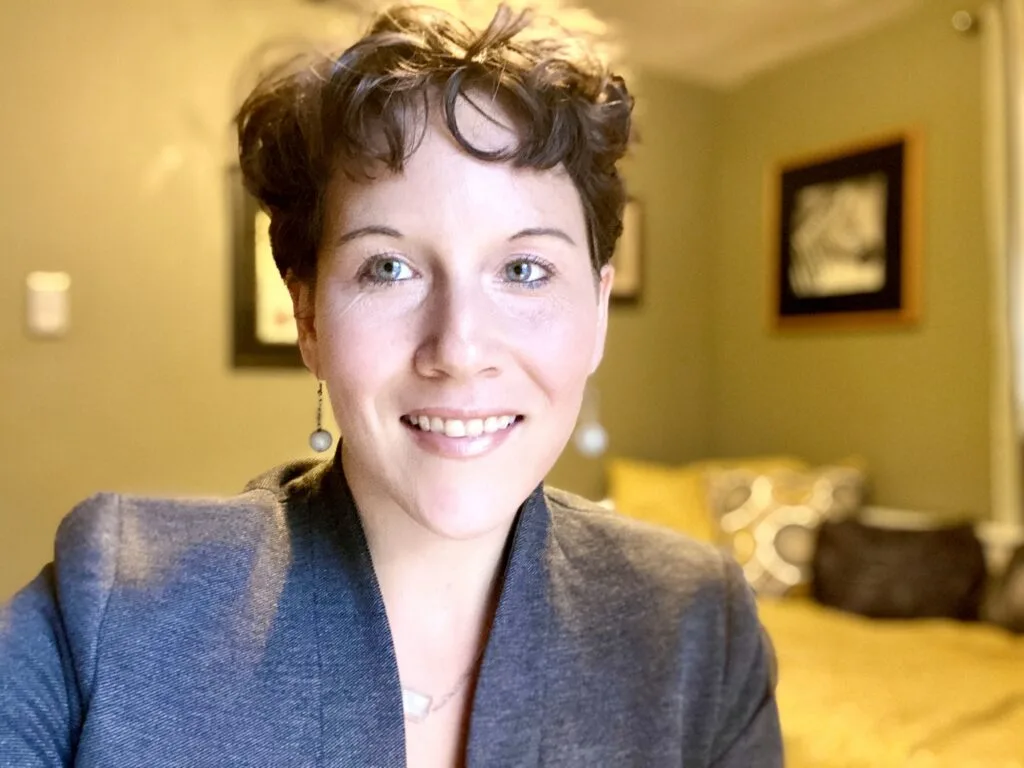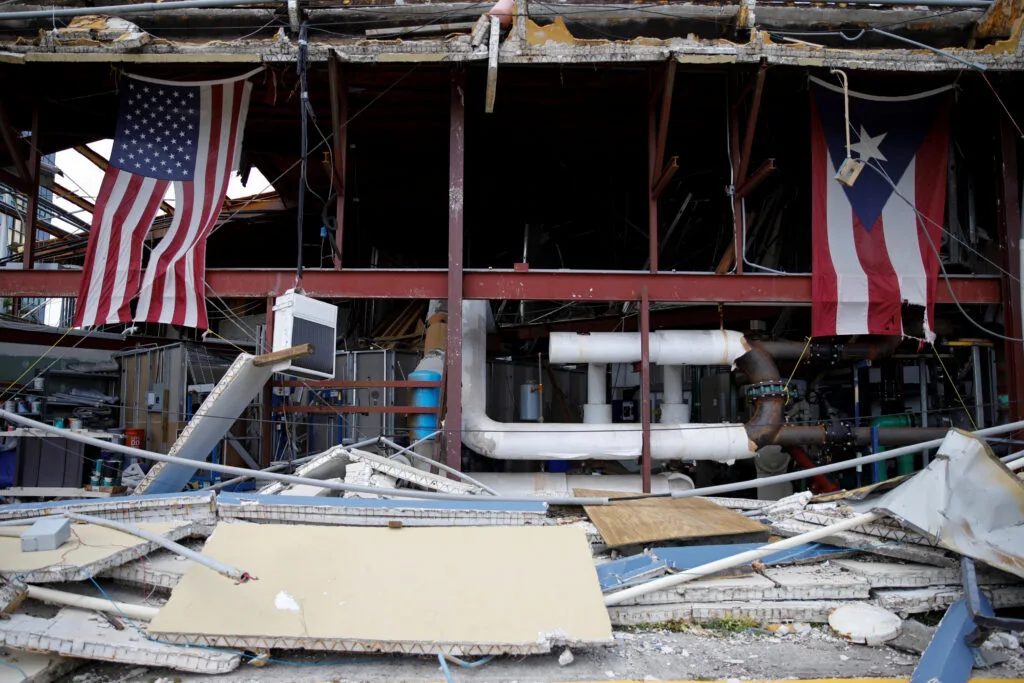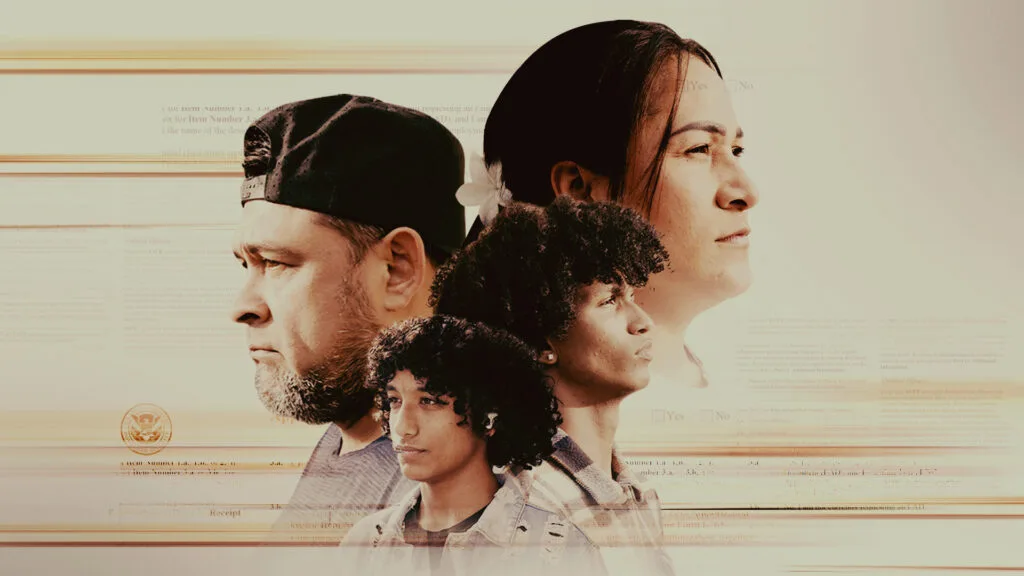Hurricane Maria’s Uncertain Death Toll in Puerto Rico

July 17, 2018
Share
Nearly a year after Hurricane Maria devastated the island of Puerto Rico, it’s still not clear how many lives the storm claimed.
The official death count, from the Puerto Rican government, puts the figure at 64. A recent study estimated it could be as high as 4,645. Other researchers have put the toll just north of 1,000.
The conflicting number of deaths — and the likelihood that the official count vastly underestimated the actual toll — has become a flashpoint amid both public and Congressional scrutiny of the federal disaster recovery effort in Puerto Rico.
It’s also a question that may never be answered with complete certainty.
Two weeks after Hurricane Maria struck Puerto Rico, President Trump said the disaster wasn’t a “real catastrophe” like Katrina, because the death toll was so small by comparison.
Within weeks, that figure had crept up to 64, although reporting continued to raise questions about that count.
In November, a study by a team of demographers at Pennsylvania State University, estimated the death count was 1,085. The researchers compared the average death count for the two months after Maria to the average death count in Puerto Rico for those two months in the previous two years. That figure was very close to an analysis published by the New York Times just weeks later, which used a similar methodology to find the death count could be 1,052.
With pressure mounting, the Puerto Rican government announced in December that it would commission an independent review of the death count, and hired researchers at George Washington University to review and analyze deaths in the approximately five months following the storm. That review is ongoing.
In the meantime, on May 29, the death count made headlines once again in a study published by The New England Journal of Medicine. This time, Harvard researchers estimated that the mortality rate on the island increased by 62 percent in the four months after the hurricane.
The study differed from previous estimates because it was the first to take a sample of the deaths from a randomly selected group of 3,300 households. That sample found 38 excess deaths compared to previous years, which researchers then used to extrapolate a death range for the whole island. The range was large, from about 800 to more than 8,000, with a midpoint estimate of 4,645.
In the weeks that followed the latest study, a new wave of pressure — and lawsuits — forced the Puerto Rican government to release more detailed information on the death toll. The released records showed that there were 1,427 more deaths in the last four months of 2017 when compared to the average for the same months over the previous four years.
The George Washington researchers’ report will go beyond the existing studies to provide an updated estimate of the death toll by reviewing actual death records, as well as seek to understand why the number of deaths was underreported — and whether the system for reporting deaths after a disaster should be reevaluated. An initial report is expected to be published this summer.

Related Documentaries
Latest Documentaries
Related Stories
Related Stories
Policies
Teacher Center
Funding for FRONTLINE is provided through the support of PBS viewers and by the Corporation for Public Broadcasting. Additional funding is provided by the Abrams Foundation; Park Foundation; the John D. and Catherine T. MacArthur Foundation; and the FRONTLINE Journalism Fund with major support from Jon and Jo Ann Hagler on behalf of the Jon L. Hagler Foundation, and additional support from Koo and Patricia Yuen. FRONTLINE is a registered trademark of WGBH Educational Foundation. Web Site Copyright ©1995-2025 WGBH Educational Foundation. PBS is a 501(c)(3) not-for-profit organization.



















